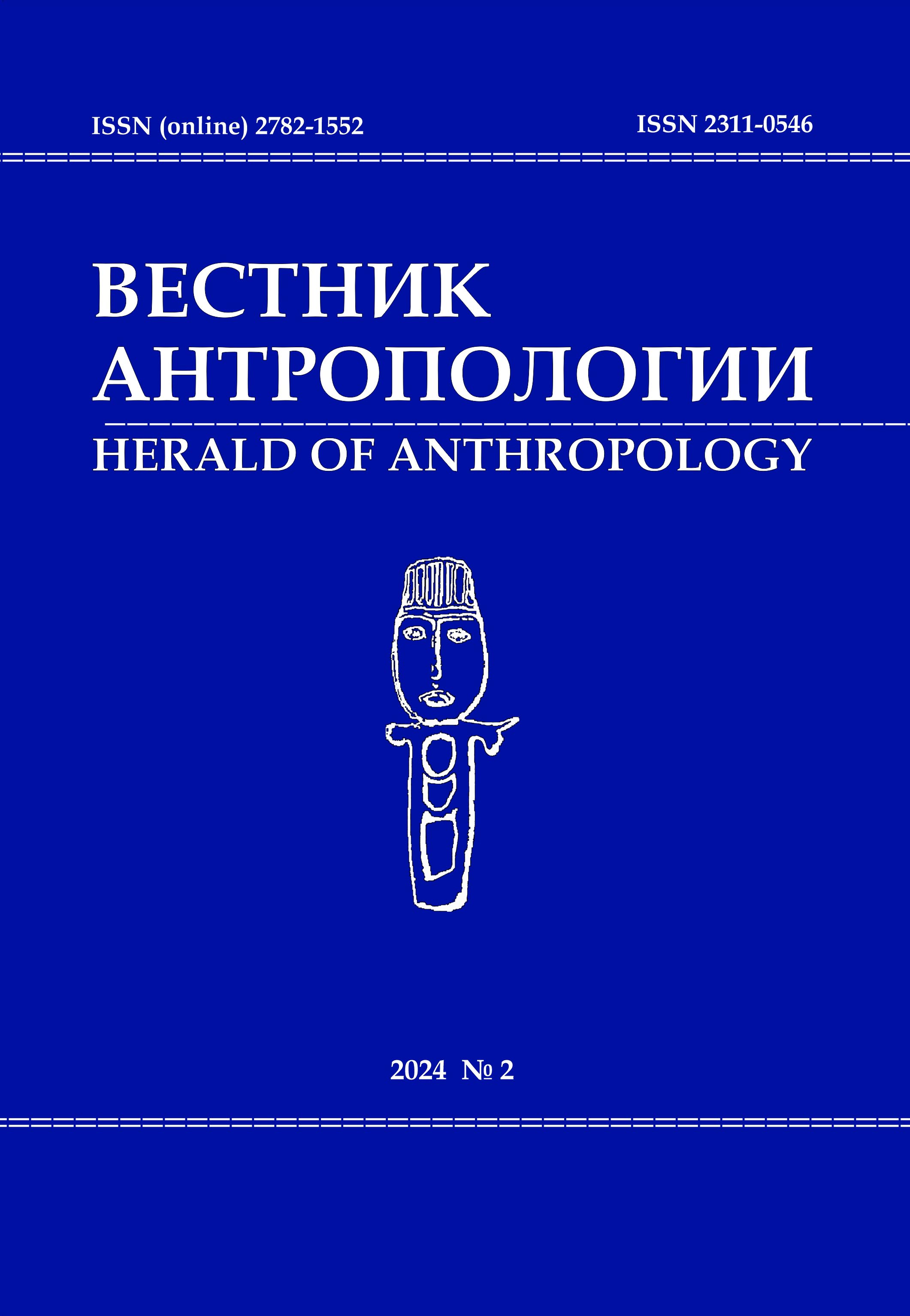Paleodemography of the Belynichi Population in 17th–19th Centuries (Belarus)
DOI: 10.33876/2311-0546/2024-2/347-363
Keywords:
age cohort, palaeodemography, mortality peak, percentage of child mortality, life expectancy, final age cohortAbstract
The paper presents a paleodemographic study of a 17th–19th centuries population from the town of Belynichi, Mogilev region, Republic of Belarus. The average life expectancy was 27 years, while the average life expectancy of the adult population was 38.5 years. That is consistent with the data on the population of many Russian cities of the late Middle Ages and New Age. The sex ratio in the group was unusual: about 39% adult men and almost 23% more women. The reason for such difference should probably be sought in historical events. The percentage of child mortality is very high — just over 50%. That is, half of the population died in childhood, with almost a quarter of them under 5 years of age, and 10% under one year of age. The high infant mortality in the group from Belynichy is similar to that in Nizhny Novgorod (burial ground of the Nizhny Novgorod Kremlin) and the Blokhino-1 fortress of the 17th–18th centuries. The final age cohort is not representative, neither in the male nor in the female part of the sample. 64% fewer men than women lived to the age of 50. The main peak of mortality in the group is 0–5 years of age. The second-high mortality peak is observed between 40 and 45 years. The extremely low mortality in the early adult age cohorts of 15–20 and 20–25 years in the studied group is unusual for its time and location.





















